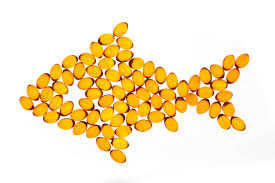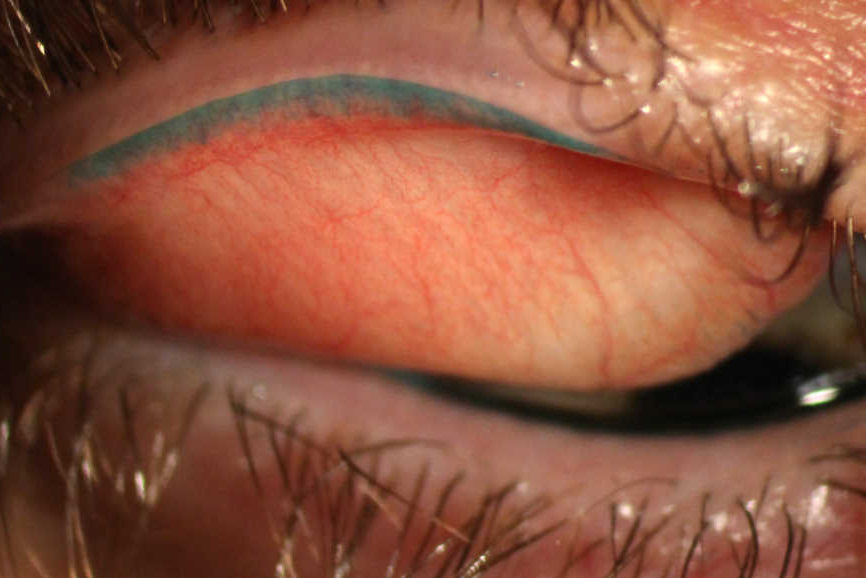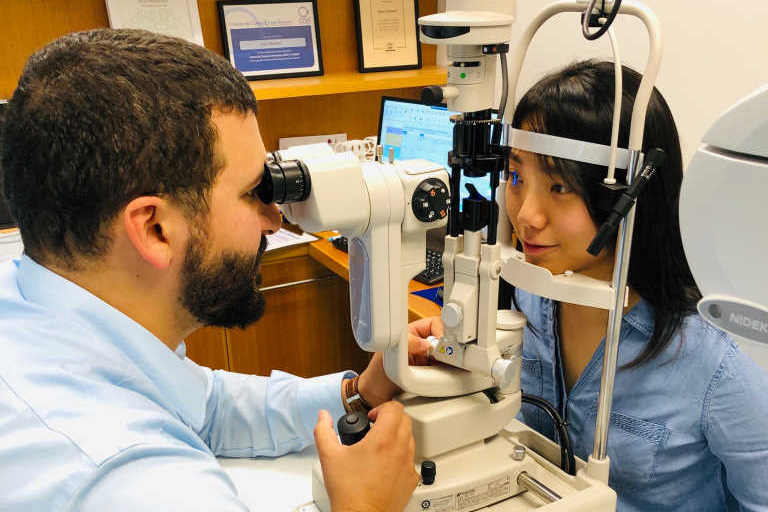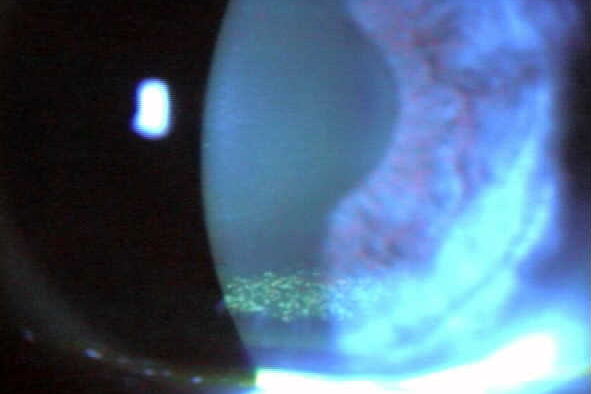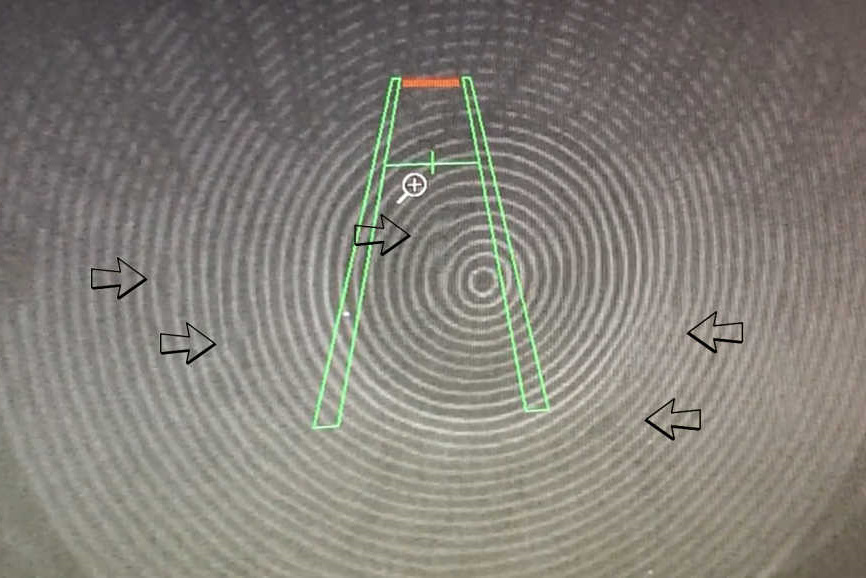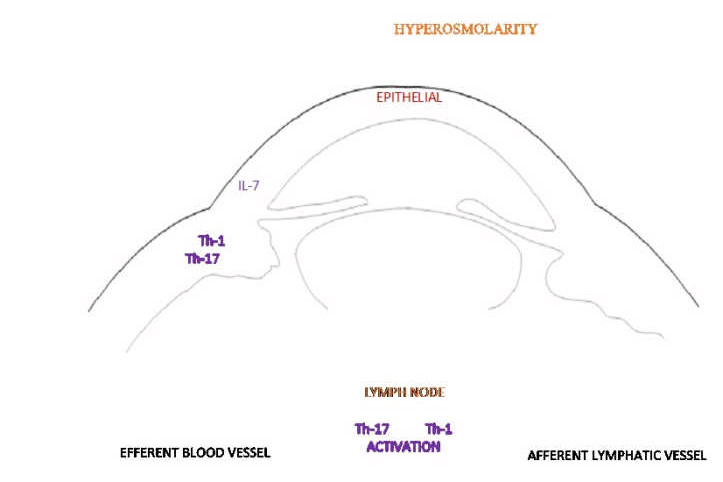Pre-op ocular surface disease assessment
Acknowledging the issue of surgery potentially exacerbating or inducing ocular surface disease (OSD), reducing visual quality and overall dissatisfaction postoperatively, the American Society of Cataract and Refractive Surgery’s (ASCRS’) Cornea Clinical Committee has developed a new consensus-based, practical diagnostic OSD algorithm.
The new algorithm was developed after an ASCRS clinical survey identified many surgeons were not using modern diagnostic tests and advanced treatments to assess dry eye disease (DED) pre-operatively, said Associate Professor Christopher Starr, refractive surgery and ophthalmic education director at Weill Cornell Medicine and project lead, in an interview with Eyeworld. “Managing DED and OSD in the modern era is complicated because the field has exploded with new publications, new diagnostic tools and new FDA-approved medications and procedural treatments. This, along with the rise in patient expectations with cataract and refractive surgery, new surgical technologies and new IOLs and refractive procedures, has made it increasingly difficult for busy surgical practices to manage both simultaneously.”
The ASCRS Preoperative OSD Algorithm was published in the Journal of Cataract & Refractive Surgery and presented at the 2019 ASCRS conference in Boston in May. It works as a flow chart to guide ophthalmologists through testing, diagnostics and treatment of OSD preoperatively, said A/Prof Starr. “It is also important to stress the fact that this is an OSD, not just a DED, algorithm as we think that any ocular surface disease, including but not limited to DED, can potentially be visually significant and lead to suboptimal visual outcomes if neglected.”
Commenting on the new ASCRS algorithm, Associate Professor Jennifer Craig, vice-chair of TFOS DEWS II, agreed it’s vitally important surgeons check for and address OSD before surgery to help optimise visual outcomes and prevent exacerbating existing frailties of the ocular surface and tear film. “Clinical testing and scientific validation in coming years will be needed to confirm the full potential for the ASCRS flowchart to promote such outcomes, but its general alignment with the concepts of TFOS DEWS II with respect to DED, would suggest that this algorithm could serve as a useful addition to the surgeon’s armamentarium,” she said.
Reference
Starr CE, et al. An algorithm for the preoperative diagnosis and treatment of ocular surface disorders. J Cataract Refract Surg. 2019;45:669–684.











